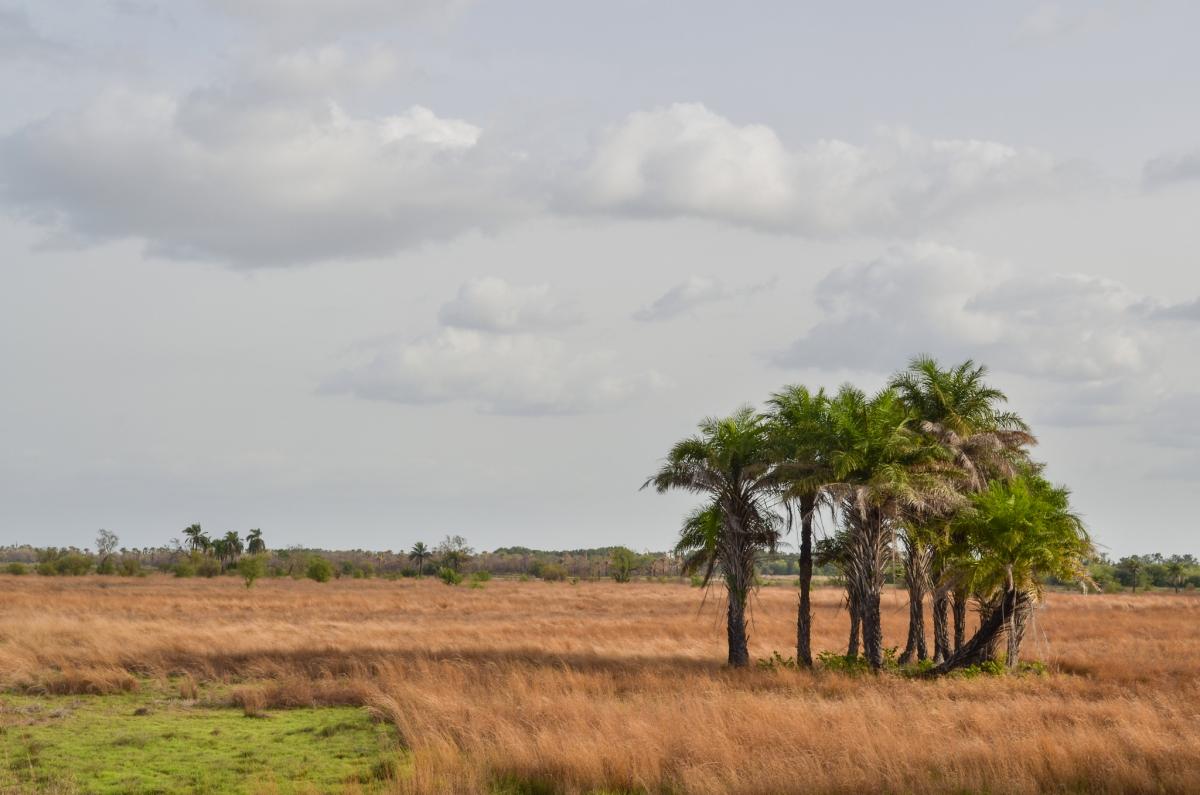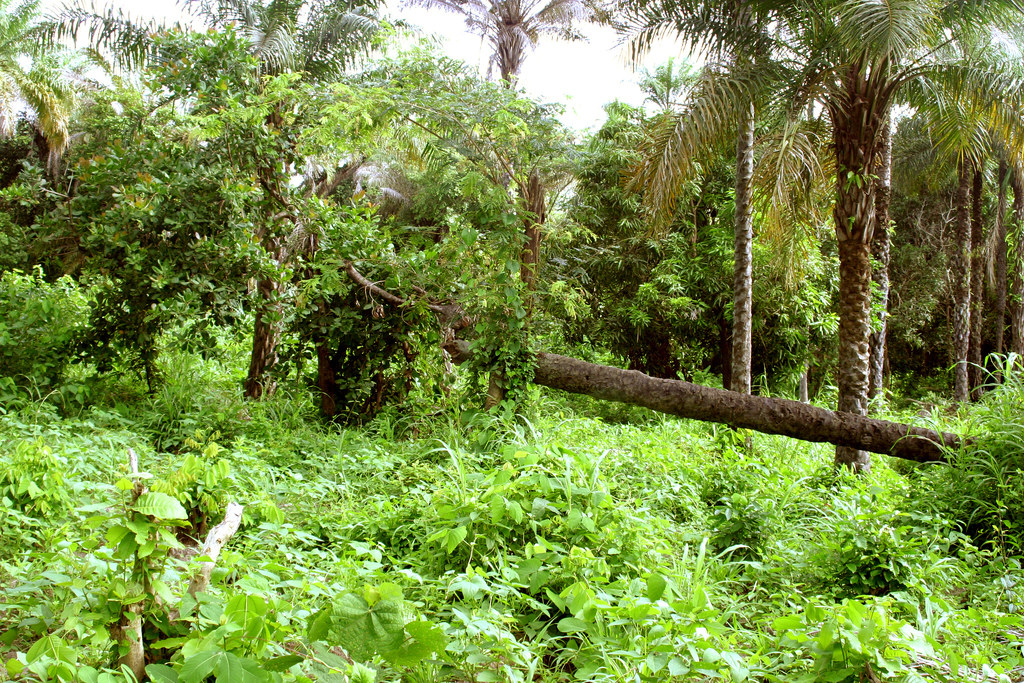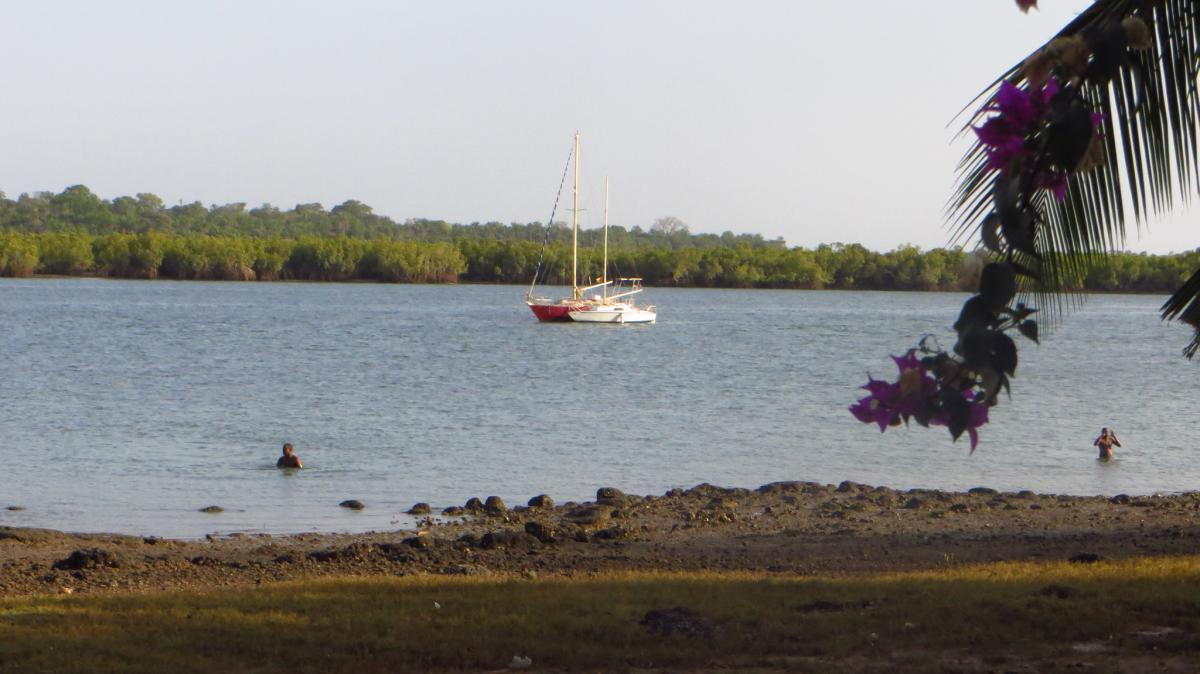Livio, IZ3BUR will be active as J52EC from Guinea Bissau, 26 January - 1 March 2025.
He will operate on 20, 15, 10m, SSB, Digital Modes.
Recent DX Spots J52EC
QSL via IZ3BUR direct only.
Ads for direct QSL:
Livio Pesavento, Via A. Bertoldi 19, Mizzole, 37141, Verona, Italy.
Information from IZ3BUR/J52EC:
Any donation will be greatly appreciated, it'll be donated to the Cumura Mission
DIRECT QSL INFO:
2 US$ for Europe NO IRC's
3 US$ outside of Europe NO IRC's
4 US$ VK-ZL Pacific Area NO IRC's
Guinea-Bissau - a country of bright contrasts
In the west of Africa is a small country - Guinea-Bissau. It is one of the five poorest countries in the world, but is characterized by inexpressible color and beautiful places. Here savannahs with red sands, intersect with tropical forests with lush emerald green vegetation, and the mouths of numerous full-flowing rivers with picturesque mangroves. On the coast of the country, located near the Atlantic Ocean, there are magnificent clean beaches, where there are many very picturesque places, and azure water pleases with its incredible purity.
 Bissau Bandandjan, Guinea Bissau. Author - jbdodane.
Bissau Bandandjan, Guinea Bissau. Author - jbdodane.
Climate, fauna and flora of the country
The climate of Guinea-Bissau is characterized by constant monsoons. The country lies in the subequatorial zone. It is hot with high humidity in summer and dry in winter. The average annual temperatures are constantly kept at +26 °C. More precipitation falls on the coast. In the eastern zone of the country dust storms are frequent, not to mention constant droughts.
Forests occupy more than a third of the country's territory, but they are steadily decreasing. There is an abundance of feathered birds in the country. Many animals have been wiped out by humans, but hippos, manatees, various monkeys and otters can still be seen in some parts of Guinea-Bissau.
From primitive tribes to independence - the history of Guinea-Bissau
Before the arrival of Europeans, the country was inhabited by Negro tribes. In the Middle Ages, they farmed and hunted. The main crops grown were legumes and millet seeds. There were rudiments of the slave system.
In 1446, the Portuguese first landed on this land. It was they who named the discovered land Guinea. Some of the Portuguese were killed in a fight with local tribes. Then for about two decades Europeans did not appear on this coast. In 1466, the Portuguese monarch gave his subjects, who were developing the nearby islands, the right to these territories.
The Portuguese took advantage of this gift. In 1471 they began to land on the coast and build fortified forts to defend themselves against the natives. A little later they were joined by British, French and Dutch pirates who also built their bases here.
In the 17th century, there were already settlements of Europeans on the coast. They traded with local chiefs, buying slaves from them in exchange for metal products (knives, household items, etc.) and cheap jewelry. The purchased slaves were sent to sugar and tobacco plantations in South America.
At that time, clashes with local tribes were frequent. Despite trade relations, they regularly attacked Europeans for their property. During the 1840s alone, the largest Portuguese settlement, Bissau, three times repulsed serious attacks by the natives, with the savage chiefs being aided even by Negroes who had converted to Christianity.
The territories were governed by the governor of the nearby Cape Verde Islands. In 1879 they were declared separate colonial lands - Portuguese Guinea. Seven years later, a solid part of these lands officially became French.
The beginning of the 20th century was marked by the construction of cities in Guinea-Bissau and the blossoming of trade. Various agricultural products (peanuts, etc.) were purchased from the natives.
In 1951 Guinea-Bissau officially ceased to be a colony of Portugal and became a province of Portugal. Some of the locals, who were literate and converted to Catholicism, became citizens of this country.
In 1960s the war against the former colonizers started here, as in other African provinces. The rebellion was led by the PAIGC, a pro-Marxist organization.
During 10 years of fierce battles from 1963 to 1973, the rebels seized about 70 percent of the province's territory. They proclaimed the creation of Guinea-Bissau, a country independent of Portugal.
In 1974, after the revolution in April, Portugal had to recognize the independence of this country.
A pro-communist government came to power, beginning to build a state with a one-party system and a planned economy, unified with Cape Verde, as the PAIGC also came to power on the islands.
Guinea-Bissau had a pro-Soviet orientation and maintained good relations with Cuba, providing airfields for that country's military to participate in the Angolan war.
In 1980 there was a coup in the country. People with more liberal views came to power.
A new constitution was adopted. The processes of economic liberalization began. After several attempts to overthrow the government, the government managed to resist, thanks to the help of Senegal, as well as Guinean troops.
Then followed a whole new series of military coups and bloody clashes.
As a result, the military took over in 2012. A transitional council was established. But the international community did not want to maintain relations with the junta.
The situation normalized gradually, after several elections. Today, Guinea-Bissau despite the relative peace, is a country where the environment for foreign visitors is not very stable. Since the early 2000s, it has been used by drug cartels from Colombia as a reliable transshipment point for cocaine shipments to the EU.
Nevertheless, the state has recently focused on the tourism industry. Donor countries are investing heavily to make it grow.
 Caio, Guinea Bissau. Author - Jon Baker.
Caio, Guinea Bissau. Author - Jon Baker.
Guinea-Bissau's characteristics
Despite colonization and attempts by Europeans to impose their spiritual values here, the locals have their own worldview based on local traditions, beliefs and folklore. Western culture failed to take root here because the native tribes refused to accept it. Even today, most of the natives are pagans.
Guinea Bissau has a very strong musical tradition. The locals love to sing to drumming and dance their folk dances.
There are many ethnic groups living on the territory of the country that follow their own way of life. They live in tents, dwellings made of straw, clay and bricks, grow crops and herd animals. Each nationality has its own clothes. At the same time the presence of jewelry made of gold is considered a sign of high status and wealth. Each tribe is characterized by certain picturesque tattoos.
 Guinea Bissau. Author - Carlos Reis.
Guinea Bissau. Author - Carlos Reis.
Colorful sights of Guinea-Bissau
Every year more and more tourists visit this state. Most of them linger in the capital, located on the ocean coast. Bissau is an unusual metropolis. There are many thatched-clay buildings of “rural type”, which neighbor with beautiful villas built in the Mediterranean style.
In this city you can visit the city port, visit the Catholic mission, built in the 17th century, admire the Presidential Palace and relax on the sandy beaches near the center.
Fans of local exotica are advised to see the museum with artifacts of Africa. There is a huge number of unusual exhibits (household items, religious cults, clothing, etc.), which were used by the inhabitants of the ancient country of Gabu.
Bolama Babak is very interesting. In this region there are many architectural monuments considered sacred. It also has an unusually beautiful nature, which is another reason for tourists to visit it.
Many foreign visitors are attracted to Bizhagosh. It is an archipelago of eight islands located near the capital, at the mouth of the river. It is known for its unique fauna and flora, which is protected by UNESCO. There are colorful mangrove forests, plenty of fish, attracting those wishing to spend time with a fishing rod from all over the world.
Guinea Bissau's great pride is its national parks, which have unspoiled nature. Near Bolama, there is a reserve, which is famous for its endemic animals. In particular, not so long ago scientists discovered a completely new breed of otters.
Also guests of the country will be interested in Kasho. In this city there are colorful remains of an ancient fortress. In Gabu you can visit an interesting market, where you can buy not only exotic fruits, but also colorful souvenirs.
Near the Senegalese border in the town of Varela are stunning beaches that allow tourists to swim in clear water and lie on silky sand. Noisy parties and youth festivities are organized here.
Each guest of this state will get a lot of bright impressions from the local attractions.

